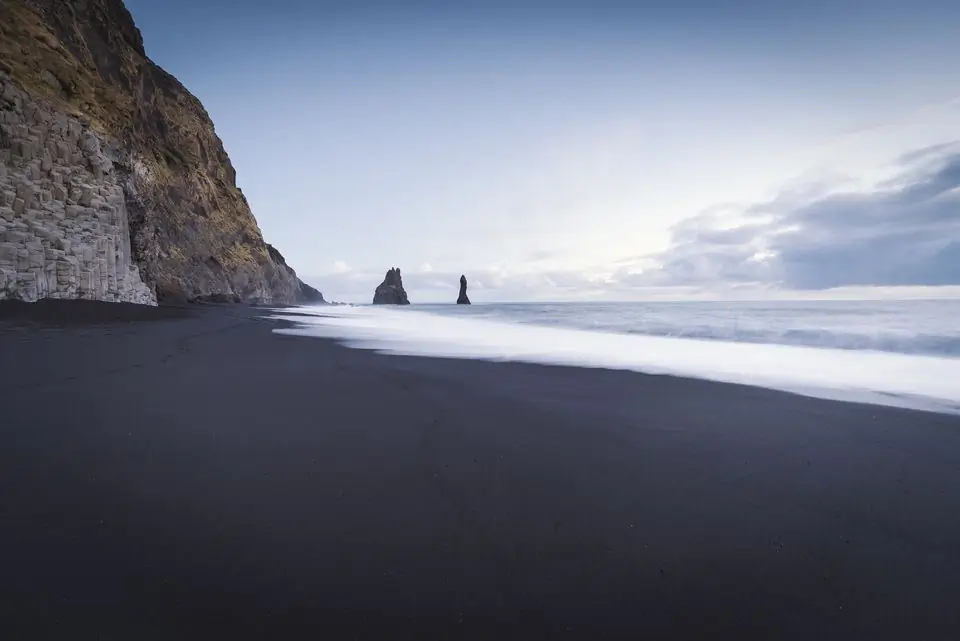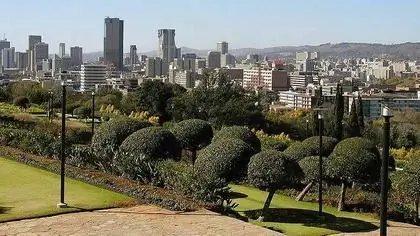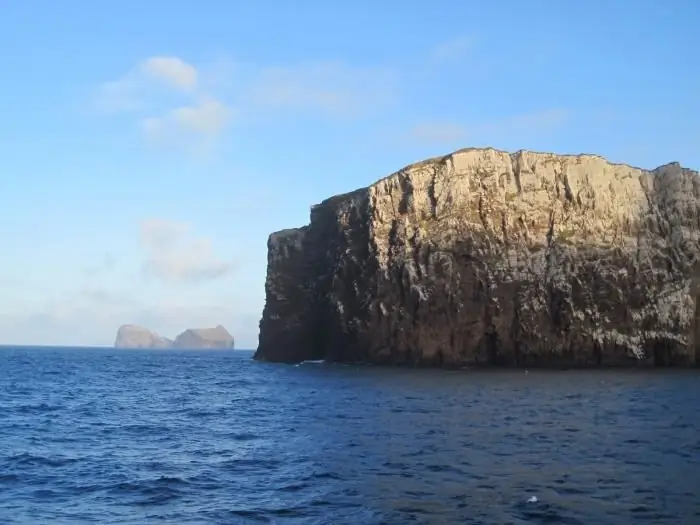- Author Harold Hamphrey [email protected].
- Public 2023-12-17 10:06.
- Last modified 2025-01-24 11:10.
The capital of Russia is spread over the territory with uneven terrain. The hills of Moscow, on which it relies, today are much more than seven. No one can say with certainty how many there were in the 16th century; and if there are seven, then which ones should be considered the main ones. But a beautiful legend exists, local historians are trying to investigate it, poets mention it in verses, it adorns the stories about our city.
Why seven?
The unification of fragmented lands by the Moscow prince ended with the formation of the Russian state. Moscow in the XV-XVI centuries became the capital in need of strengthening power, reverence and submission.

The legend of the seven hills of Moscow arose by analogy with the hills of Rome, the recognized world capital. When they got used to such conversations, a new expression appeared: "Moscow is the third Rome." At that time, Constantinople was called the Second Rome. Moscow has already claimed political weight in the international community.
Finally, in 1523 Elder Philotheussaid the long-awaited phrase, which immediately became the slogan of the city, reflecting all its explicit and secret desires: "Two Romes have fallen, the third stands, and there will be no fourth."

Rome was indeed built on seven hills. And how many hills were on the territory of our city during its construction? For the most part, it doesn't matter. The magic number "seven" sounded and sunk into Russian hearts.
Scientific and non-scientific research
Many local historians have conducted research trying to determine: if the 7 hills of Moscow are a reality, then which of the existing ones can claim to be the ones with which it all began. In the 18th century, this question was occupied by M. Lomonosov, he compiled his list, which included hills located within the Garden Ring. In the 19th century, the historian M. Pogodin, the local historian I. Snegirev, and the orientalist Yu. Senkovsky were engaged in counting the hills. Each had its own list, coinciding with other options only partially.

Professor of Moscow University G. Valgeim refers in his notes to a found document indicating "Makovets" of seven hills. The first landmark is the Ivan the Great Bell Tower.
Cult places
There are studies that led the authors to the conclusion that the hills are not called the rise of the terrain, but the sacred places of the pagans, the places of the old temples. There are seven of them according to the number of pagan gods.
Moscow Hills
The fact that the relief of the territory of Moscow is uneven is known to both Muscovites and guests of the capital. Moving through the streets of the capitalon foot, constantly having to go up the hill, then go down to the lowland. The names of Moscow streets say the same thing: Sivtsev Vrazhek, Sparrow Hills, Krasnokholmskaya embankment, Krylatsky hills. Moscow, expanding and growing every year, captures more and more slides.

But still there is a list of hills, the composition of which is more or less consistent with many researchers of the legend. It is claimed that it is mentioned in documents of the 16th century: Borovitsky, Pskovskaya Gorka, Tagansky Hill, Kulishki, Red Hill of Moscow, Staro-Vagankovsky and Chertolsky.
Possible list of hills
In the list of the 19th century, the number of hills mentioned increased, and in the encyclopedia of 1980. - is the next option. Let's try to make another list:
- Borovitsky hill. Always repeated in all survey lists, Borovitsky or Kremlin Hill has a height of 140-145 meters. The Kremlin, Red Square and part of Kitay-gorod are located on its territory. Judging by the name, the forests in these places were dense. The first settlement appeared here in the 11th century by order of Yuri Dolgoruky. The first Moscow Kremlin stood on the modern Cathedral Square.
- Tver Hill. Tverskaya Street rises up this hill of Moscow. There used to be a monastery on the top, which was demolished under Soviet rule. A monument to Pushkin was erected at the monastery cemetery.
- Sretensky Hill. At the foot of the hill, the Neglinnaya once flowed, so today all lanes roll down to the hidden river.
- Tagansky hill. One slope of the mountain - Lyshchikovlane, and the second - Vshivaya or Shvyvaya Gorka. That is, a place not suitable for farming.
- Lefortovo hill. It is located outside the Garden Ring. Now there is the territory of the Vedensky (German) cemetery. The Germans loved by Peter I are buried here: Patrick Gordon, F. Walheim, Dr. Haas. Russian people are also buried here, but they had at least some kinship with foreigners: the artist V. Vasnetsov, the actress A. Tarasova.
- Trekhgorny hill. This hill has always caused a lot of confusion in the calculations of researchers of all times. Someone considers it to be one hill, it seems to someone that there should be three of them. At the foot of the hill flows the Moskva River, as well as Presnya and an unnamed rivulet. Once upon a time there was a distant outskirts of the city. The Trekhgornaya manufactory was considered a suburban enterprise. Today it is the center of the city, and the factory is living its life.
- Sparrow Hills. The farthest point from the Kremlin among the listed hills of Moscow. It starts at the Neskuchny Garden and stretches along the Moskva River almost to the bridge of the ring railway. Not so long ago, wooden residential buildings stretched along the top of the mountains, today there are well-groomed areas of parks, squares, alleys. The Moscow State University building, erected on the highest point of the mountain in 1953, is an adornment of the city and Sparrow Hills.






